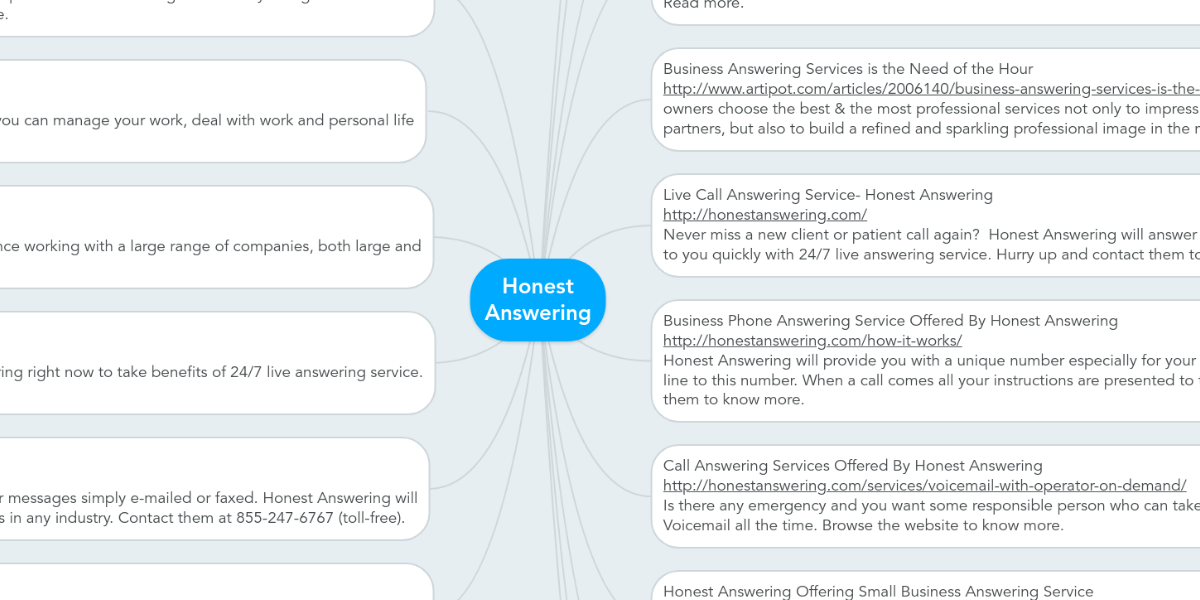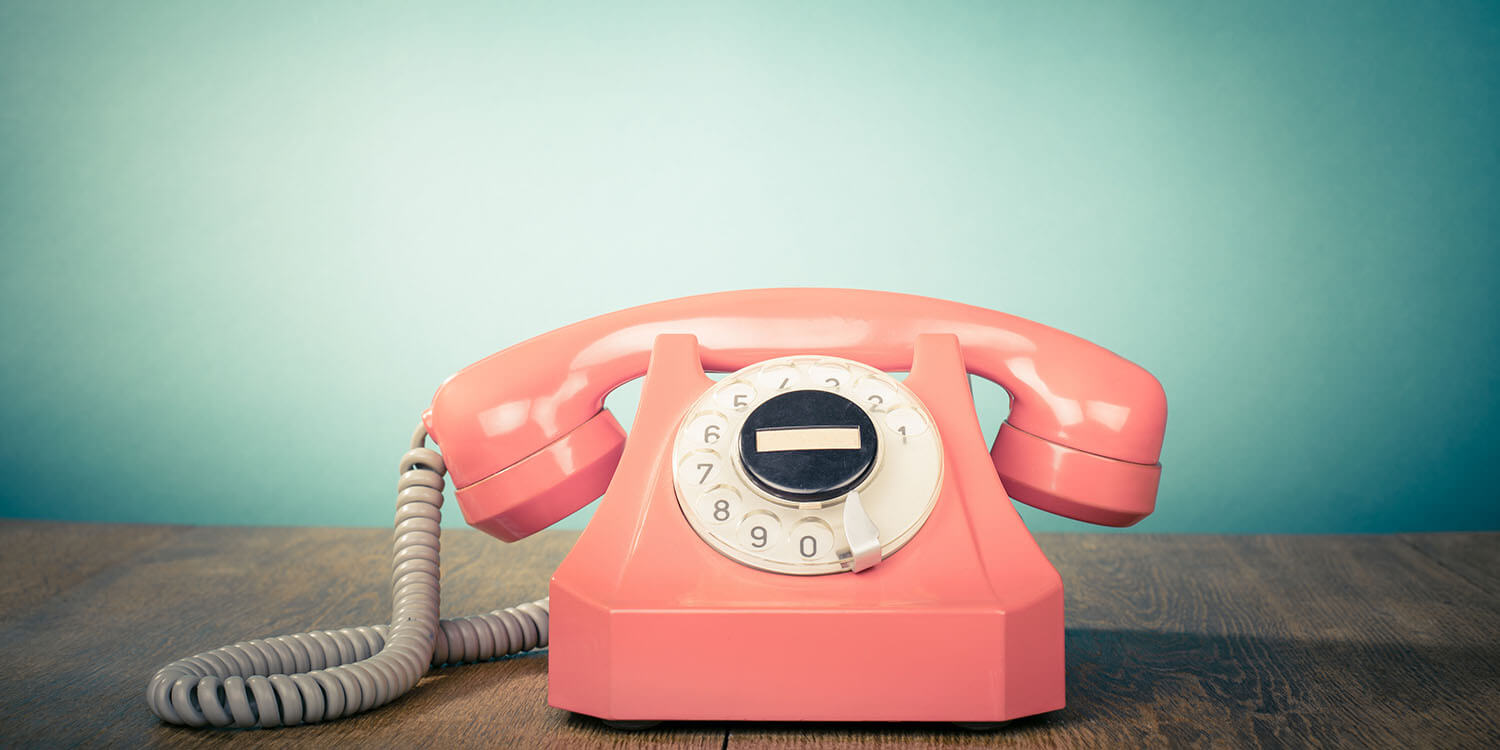All Categories
Featured
Table of Contents
- – Where Is The Best 24/7 Phone Answering - Au-bas...
- – When Are Best Outsource Answering Service Comp...
- – What Is The Best Phone Answering - Serviced & ...
- – What Is The Best What To Look For In A Phone ...
- – What Is The Best Live Call Answering - Virtua...
- – Who Is The Best Telephone Answering Service:...
Where Is The Best 24/7 Phone Answering - Au-based Operators - Alltel Australia Deal
This device and its followers were developed by Sava Jacobson, an electrical engineer with a private consulting organization. While early voice mail utilized magnetic tape innovation, many modern-day equipment uses strong state memory storage; some devices use a combination of both, with a solid-state circuit for the outgoing message and a cassette for the inbound messages.
"toll conserving" below) (business answering service). This works if the owner is screening calls and does not want to speak with all callers. In any case after going, the calling celebration must be informed about the call having actually been responded to (most of the times this starts the charging), either by some remark of the operator, or by some welcoming message of the TAD, or addressed to non-human callers (e.
This holds specifically for the Little bits with digitally stored greeting messages or for earlier devices (prior to the rise of microcassettes) with a special limitless loop tape, different from a second cassette, dedicated to recording. There have actually been answer-only devices without any recording capabilities, where the greeting message had to inform callers of a state of present unattainability, or e (virtual telephone answering).
When Are Best Outsource Answering Service Company Sri Lanka Sales

about availability hours. In taping TADs the welcoming generally consists of an invite to leave a message "after the beep". A voice mail that uses a microcassette to tape messages On a dual-cassette answerphone, there is an outgoing cassette, which after the defined number of rings plays a pre-recorded message to the caller.

Single-cassette answering machines include the outgoing message at the start of the tape and incoming messages on the remaining area. They initially play the announcement, then fast-forward to the next offered area for recording, then tape-record the caller's message. If there are lots of previous messages, fast-forwarding through them can trigger a substantial hold-up.
This beep is frequently referred to in the welcoming message, asking for that the caller leave a message "after the beep". Little bits with digital storage for the taped messages do not reveal this hold-up, of course. A little bit might offer a remote control facility, whereby the answerphone owner can sound the home number and, by entering a code on the remote telephone's keypad, can listen to taped messages, or erase them, even when away from home.
What Is The Best Phone Answering - Serviced & Virtual Offices & Admin ... In The World Right Now

Therefore the device increases the number of rings after which it responds to the call (typically by 2, leading to 4 rings), if no unread messages are presently stored, but responses after the set variety of rings (normally 2) if there are unread messages. This permits the owner to learn whether there are messages waiting; if there are none, the owner can hang up the phone on the, e.
Some devices also enable themselves to be remotely triggered, if they have actually been changed off, by calling and letting the phone ring a particular big number of times (typically 10-15). Some service suppliers desert calls currently after a smaller sized variety of rings, making remote activation difficult. In the early days of Littles an unique transmitter for DTMF tones (dual-tone multi-frequency signalling) was regionally needed for push-button control, since the previously used pulse dialling is not apt to communicate appropriate signalling along an active connection, and the dual-tone multi-frequency signalling was implemented step-by-step.
Any inbound call is not recognizable with respect to these residential or commercial properties in advance of going "off hook" by the terminal devices. So after going off hook the calls must be changed to suitable gadgets and only the voice-type is instantly available to a human, however maybe, nonetheless need to be routed to a LITTLE (e.
What Is The Best What To Look For In A Phone Answering Service For Your ... Right Now
What if I told you that you do not need to actually get your gadget when answering a consumer call? Another person will. So hassle-free, best? Addressing telephone call does not need someone to be on the other end of the line. Effective automated phone systems can do the technique just as efficiently as a live agent and in some cases even much better.
An automatic answering service or interactive voice response system is a phone system that interacts with callers without a live person on the line - business call answering service. When business use this technology, consumers can get the answer to a concern about your company merely by utilizing interactions established on a pre-programmed call flow.
Although live operators update the customer support experience, lots of calls do not require human interaction. A basic documented message or guidelines on how a customer can obtain a piece of info typically fixes a caller's instant requirement - business call answering service. Automated answering services are an easy and efficient method to direct incoming calls to the ideal individual.
What Is The Best Live Call Answering - Virtual Reception In The World Right Now
Notification that when you call a company, either for assistance or product questions, the first thing you will hear is a pre-recorded voice welcoming and a series of options like press 1 for customer care, press 2 for queries, and so on. The pre-recorded choices branch out to other options depending on the client's selection.
The phone tree system helps direct callers to the right individual or department using the keypad on a mobile phone. In some circumstances, callers can utilize their voices. It's worth keeping in mind that auto-attendant alternatives aren't restricted to the 10 numbers on a phone's keypad. As soon as the caller has actually chosen their very first alternative, you can create a multi-level auto-attendant that uses sub-menus to direct the caller to the right type of assistance.
The caller does not need to communicate with a person if the auto-attendant phone system can handle their issue. The automated service can path callers to a worker if they reach a "dead end" and need support from a live agent. It is costly to employ an operator or executive assistant.
Who Is The Best Telephone Answering Service: What It Is And Why It Isn't Enough Company
Automated answering services, on the other hand, are substantially cheaper and provide substantial cost savings at approximately $200-$420/month. Even if you don't have actually committed personnel to deal with call routing and management, an automated answering service improves efficiency by permitting your group to concentrate on their strengths so they can more efficiently invest their time on the phone.
A sales lead routed to customer care is a lost shot. If a customer who has product concerns reaches the wrong department or receives insufficient answers from well-meaning staff members who are less trained to manage a specific type of concern, it can be a cause of aggravation and dissatisfaction. An automated answering system can reduce the variety of misrouted calls, consequently helping your employees make better usage of their phone time while freeing up time in their calendar for other tasks.
With Automated Answering Systems, you can produce a personalized experience for both your staff and your callers. Make a recording of your main greeting, and merely update it routinely to show what is going on in your company. You can develop as numerous departments or menu choices as you want.
Table of Contents
- – Where Is The Best 24/7 Phone Answering - Au-bas...
- – When Are Best Outsource Answering Service Comp...
- – What Is The Best Phone Answering - Serviced & ...
- – What Is The Best What To Look For In A Phone ...
- – What Is The Best Live Call Answering - Virtua...
- – Who Is The Best Telephone Answering Service:...
Latest Posts
Virtual Reception Solutions Near Me
High-Quality Dental Answering Service Near Me
Expert Answering Service Pricing Near Me – Melbourne 3053
More
Latest Posts
Virtual Reception Solutions Near Me
High-Quality Dental Answering Service Near Me
Expert Answering Service Pricing Near Me – Melbourne 3053